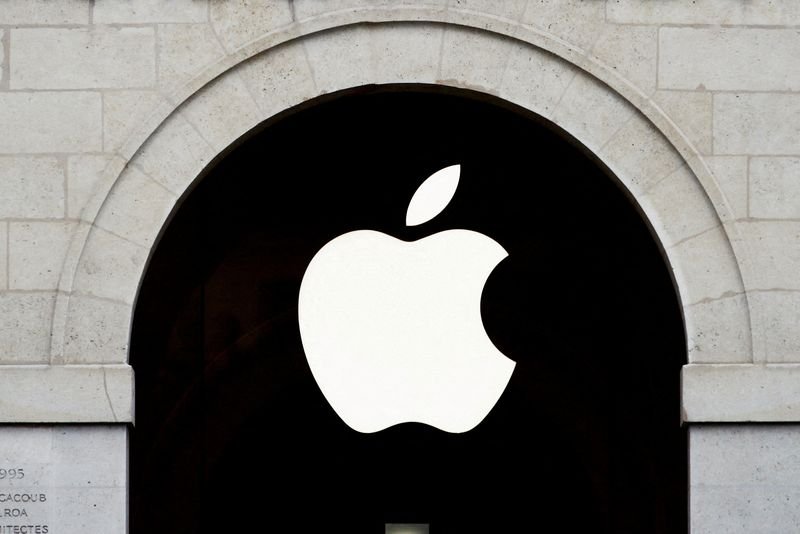Apple’s Innovative Approach to Chip Design Through AI
In a landscape where technology continuously evolves, Apple is taking significant strides to integrate artificial intelligence (AI) into its chip design process. This strategic shift signals Apple’s commitment to maintaining its competitive edge and enhancing its products’ performance.
The Role of AI in Chip Design
Artificial intelligence is transforming various industries, and chip design is no exception. By leveraging AI, companies can optimize their design processes, reduce costs, and speed up development timelines. Apple’s exploration of AI tools aims to revolutionize its semiconductor design strategy, potentially leading to more powerful and efficient chips.
Current Trends in Chip Design
Traditional chip design has relied heavily on manual engineering and complex software. As the demand for advanced capabilities increases, the need for automation and efficiency becomes paramount. AI can analyze vast datasets and predict the best configurations for chip architecture, enabling faster iterations and innovations. This trend is not unique to Apple; other tech giants are also investing in similar AI-driven strategies.
Advantages of AI-Driven Design
The integration of AI into chip design offers numerous benefits:
Enhanced Efficiency: AI algorithms can conduct simulations much quicker than human designers, allowing for rapid prototyping.
Cost Reduction: Automating aspects of chip design can significantly lower production costs and resource usage.
Improved Performance: AI can identify performance bottlenecks and suggest optimizations that might be overlooked by human designers.
- Innovation Acceleration: Machine learning models can explore a wider range of design possibilities, leading to groundbreaking advancements in technology.
Apple’s Strategic Plans
While Apple has not disclosed all its detailed plans, the company is known for its cautious yet innovative approach. By investing in AI technologies, Apple aims to refine its chip design process and continue producing cutting-edge hardware that supports its ecosystem of services and devices. This initiative could lead to the creation of custom chips tailored for specific functionalities, enhancing user experience.
The Competitive Landscape
As Apple forges ahead, it faces substantial competition. Several key players in the tech industry are also researching AI applications in semiconductor design. Companies like Google, NVIDIA, and Intel have invested heavily in AI technologies, seeking to leverage improvements in chip efficiency and performance. Apple’s entry into this realm is a bold statement of its intent to not only keep pace with competitors but potentially lead the charge in innovation.
Future Implications for Consumers
For consumers, this evolution could mean significant advances in the devices they use every day. AI-optimized chips may offer longer battery life, faster processing speeds, and enhanced capabilities for multitasking. Moreover, as Apple continually integrates AI into its hardware and software, users can expect even more seamless and intuitive experiences across their devices.
Conclusion
Apple’s commitment to integrating AI into its chip design process holds the promise of innovation and enhanced performance. As technology advances, the implications for both the company and consumers will be profound, marking a new era in chip development. With a focus on efficiency, cost reduction, and performance optimization, Apple is well-positioned to define the future of technology through intelligent design.
